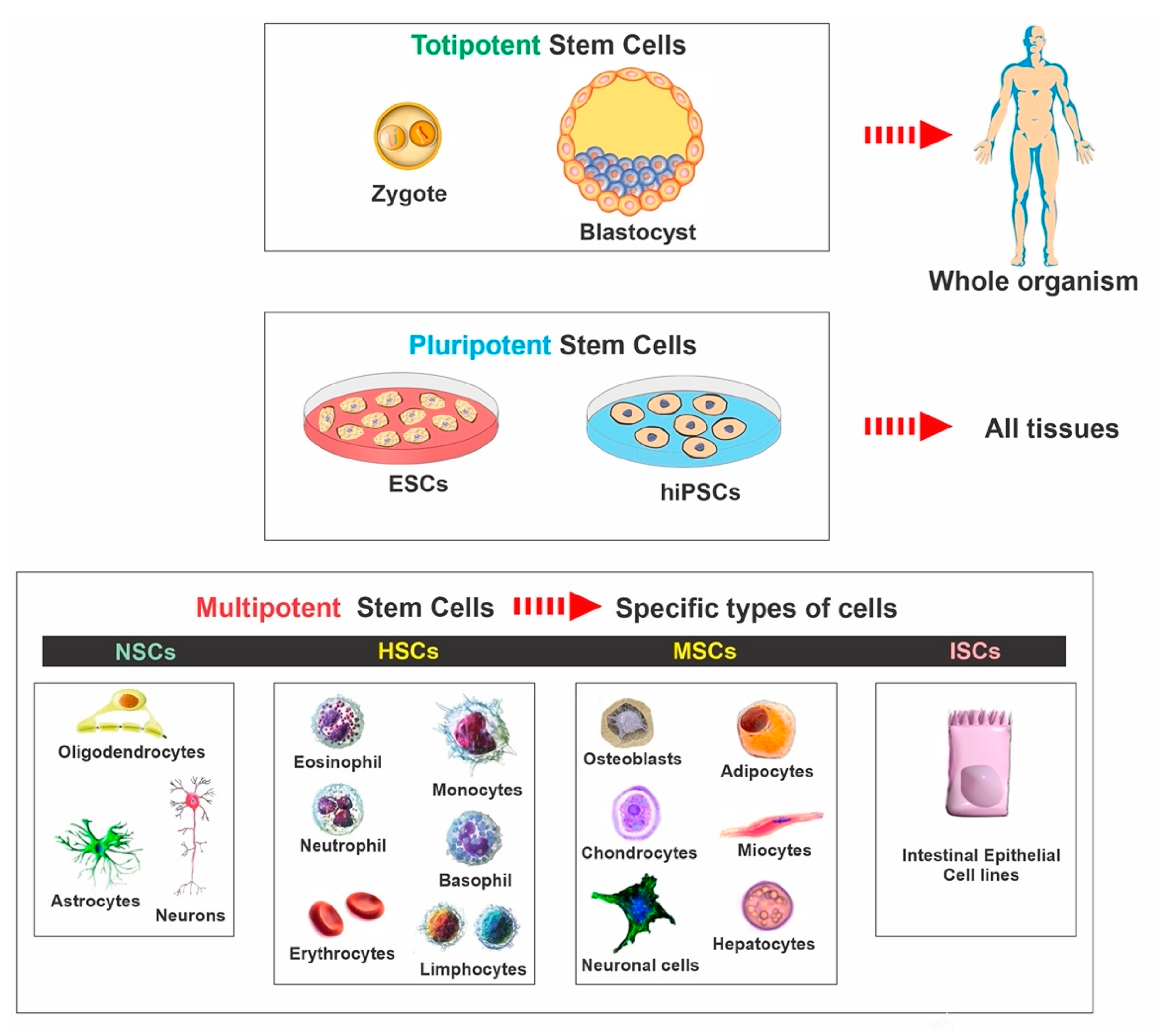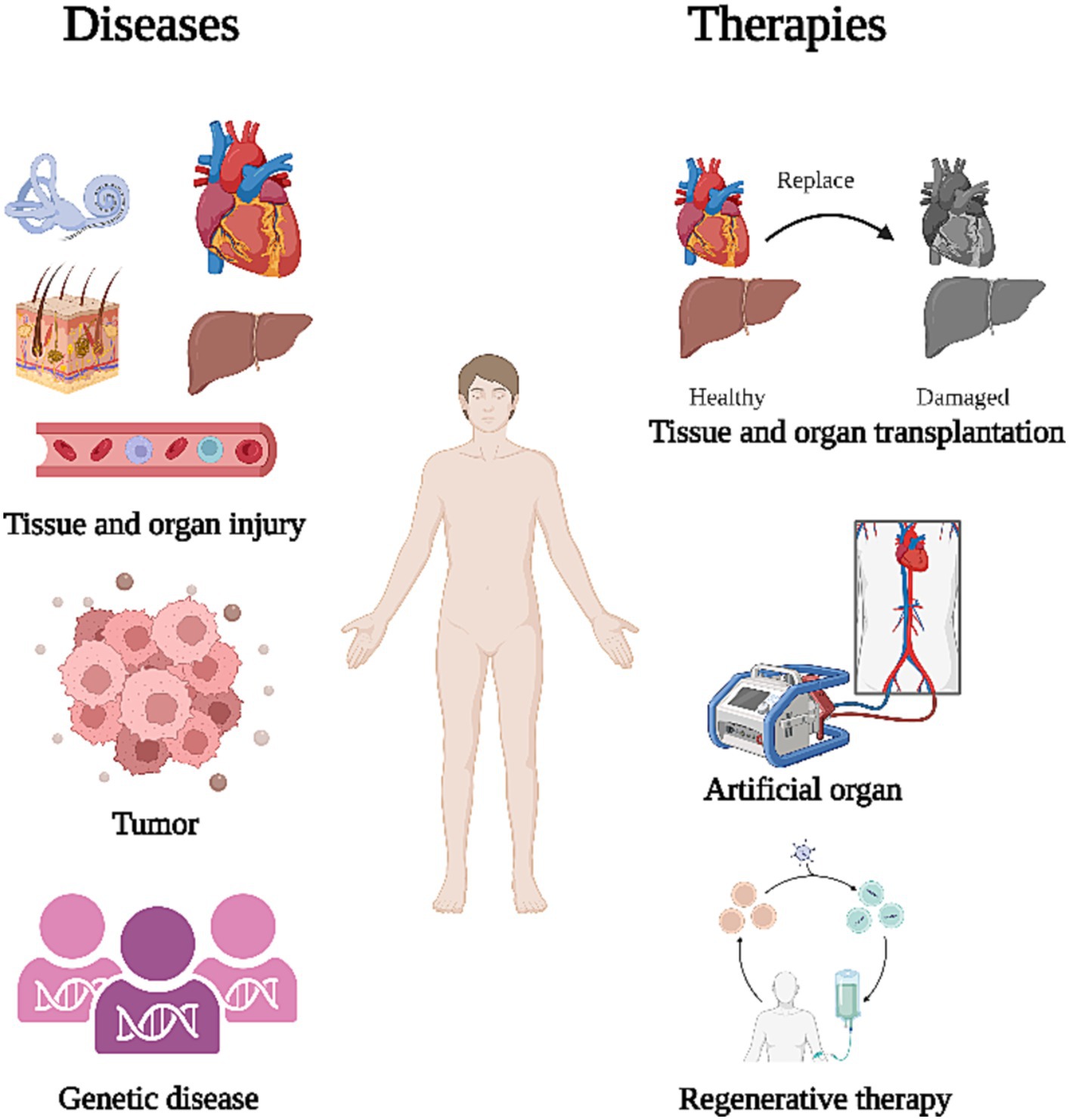Table of Contents

[/image][=video]
[/video]
By utilizing the regenerative potential of stem cells or various other regenerative cells, clinicians can advertise the development of new skin tissue, improve blood vessel development, and boost the regrowth of damaged muscular tissue or bone tissue. This has considerable effects for the therapy of persistent injuries, burns, and stressful injuries, potentially reducing recovery time and enhancing individual outcomes. However, cell regrowth treatment offers a novel strategy to manage and possibly reverse the progression of these problems.
By targeting the underlying root causes of deterioration, such as cartilage material deterioration or intervertebral disc deterioration, regenerative therapies intend to restore the integrity and function of damaged tissues, alleviating pain and improving wheelchair.
While significant development has been made in creating different resources of stem cells, such as caused pluripotent stem cells, ethical worries still border the field. Balancing the prospective benefits of cell regeneration treatment with ethical factors to consider and making certain responsible study practices proceed to present difficulties for scientists and policymakers. Regardless of substantial development, there are still technical limitations to conquer in cell regeneration treatment.
Addressing these technical limitations is important to progressing the field and enabling even more clients to profit from cell regeneration treatment. Regulative pathways and approval processes for cell regrowth treatment existing considerable obstacles.
Menopause Treatment

The potential applications of cell regrowth treatment are vast and diverse. In the future, we might see regenerative treatments becoming common treatments for a vast array of conditions, including neurological problems, cardio illness, and bone and joint injuries. Research study right into cells and body organ regrowth may bring about the growth of functional replacements for damaged organs, lowering the requirement for hair transplant.
The prevalent fostering of cell regeneration therapy might have an extensive influence on health care systems worldwide. By providing even more reliable and targeted therapies, cell regrowth treatment has the possible to minimize healthcare costs connected with persistent problems and long-term treatment. Shorter recovery times, enhanced results, and less problems can bring about significant enhancements in patient lifestyle.
Researchers have long tried to understand the body's healing processes and use them in the therapy of injury and deterioration. Component of the body's adaptive actions to injury originates from cellular parts and factorssuch as platelets and certain sorts of cellsand materials made by or consisted of within them. The effects exerted by these cellular elements help in cells repair and regrowth in a healthy body.
Assist create an environment for cells healing, through regulating swelling and promoting regional cells and bioactive proteins. The goal of biologic therapy is to boost the recovery and local environment of injured tissues be it muscles, tendons, tendons, cartilage, joints, fascial, or nerves. It is also presently being utilized to resolve the pain and swelling that come with degenerative problems, such as arthritis.
While substantial development has been made in creating different sources of stem cells, such as induced pluripotent stem cells, moral issues still surround the area. Stabilizing the prospective benefits of cell regrowth treatment with ethical factors to consider and ensuring responsible research study methods remain to present difficulties for scientists and policymakers. In spite of considerable progress, there are still technological restrictions to conquer in cell regrowth treatment.
Menopause Treatment servicing Holland, Michigan
The exact control and control of cell actions and distinction are also locations that require more improvement. Attending to these technical constraints is critical to advancing the area and enabling more clients to gain from cell regrowth therapy. Regulative paths and authorization procedures for cell regrowth therapy present significant difficulties. The fast-paced nature of clinical developments commonly exceeds the regulatory frameworks, producing a need for versatility and performance in reviewing and authorizing brand-new treatments.
The prospective applications of cell regeneration treatment are substantial and varied. In the future, we may see regenerative therapies ending up being common treatments for a vast array of problems, including neurological problems, cardio conditions, and bone and joint injuries. Research into cells and organ regrowth may cause the growth of functional substitutes for damaged body organs, decreasing the demand for hair transplant.
The widespread adoption of cell regeneration therapy might have a profound impact on medical care systems worldwide. By using even more efficient and targeted treatments, cell regrowth treatment has the possible to lower medical care expenses connected with persistent conditions and long-term treatment. Much shorter healing times, enhanced end results, and less problems can cause substantial improvements in patient high quality of life.
Hormone Therapy servicing Holland, Michigan
Scientists have actually lengthy attempted to understand the body's healing procedures and use them in the treatment of injury and degeneration. Part of the body's adaptive feedbacks to injury comes from mobile components and factorssuch as platelets and particular types of cellsand substances made by or consisted of within them. The impacts exerted by these cellular aspects assist in cells reconstruction and regrowth in a healthy and balanced body.
Aid create a setting favorable to cells healing, through modulating inflammation and boosting neighborhood cells and bioactive proteins. The objective of biologic therapy is to enhance the healing and neighborhood environment of damaged tissues be it muscular tissues, ligaments, ligaments, cartilage, joints, fascial, or nerves. It is additionally presently being utilized to resolve the discomfort and swelling that accompany degenerative conditions, such as joint inflammation.
While significant progression has been made in creating alternative resources of stem cells, such as caused pluripotent stem cells, honest problems still surround the area. Balancing the prospective benefits of cell regrowth therapy with honest considerations and making sure responsible research techniques remain to posture obstacles for researchers and policymakers. Despite considerable progress, there are still technological limitations to overcome in cell regrowth therapy.
Dealing with these technical limitations is critical to progressing the field and permitting more clients to benefit from cell regeneration therapy. Regulative paths and authorization procedures for cell regeneration treatment present significant obstacles.
The potential applications of cell regeneration treatment are large and varied. In the future, we may see regenerative treatments becoming common therapies for a large range of conditions, including neurological disorders, heart diseases, and musculoskeletal injuries. Research into cells and body organ regrowth might cause the advancement of practical replacements for damaged body organs, minimizing the demand for hair transplant.
Medical Group
The widespread adoption of cell regrowth therapy can have an extensive effect on health care systems worldwide. By using even more reliable and targeted therapies, cell regeneration therapy has the prospective to decrease medical care prices associated with chronic conditions and long-lasting treatment. Much shorter recuperation times, improved results, and less issues might result in significant improvements in patient quality of life.

Scientists have actually long tried to recognize the body's healing processes and utilize them in the therapy of injury and degeneration. Part of the body's adaptive responses to injury originates from mobile parts and factorssuch as platelets and particular kinds of cellsand materials made by or consisted of within them. The results exerted by these cellular aspects assist in cells restoration and regrowth in a healthy body.
Aid create an environment for tissue healing, through regulating inflammation and stimulating neighborhood cells and bioactive proteins. The objective of biologic treatment is to improve the recovery and local atmosphere of injured cells be it muscular tissues, ligaments, ligaments, cartilage, joints, fascial, or nerves. It is likewise currently being utilized to address the discomfort and inflammation that accompany degenerative problems, such as joint inflammation.
Navigation
Latest Posts
Medical Group
Menopause Treatment servicing Holland, Michigan
Menopause Treatment local to Holland, Michigan